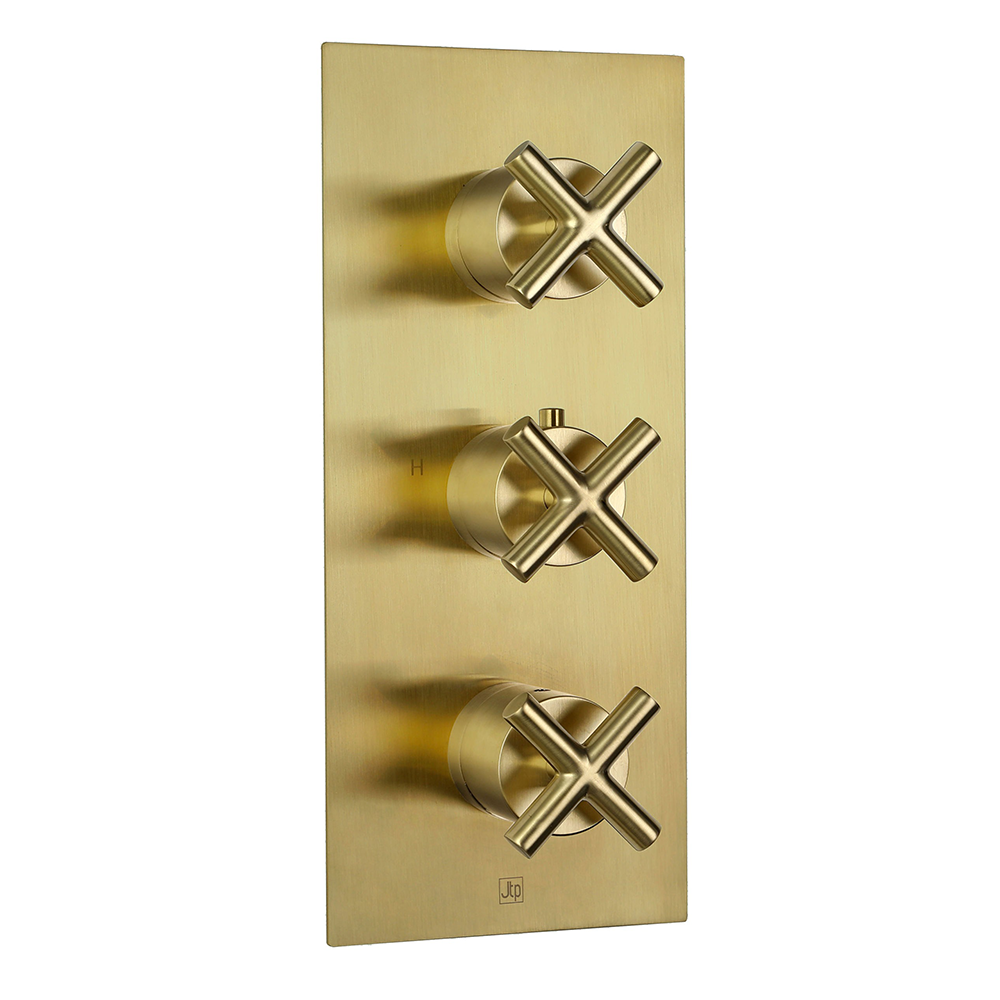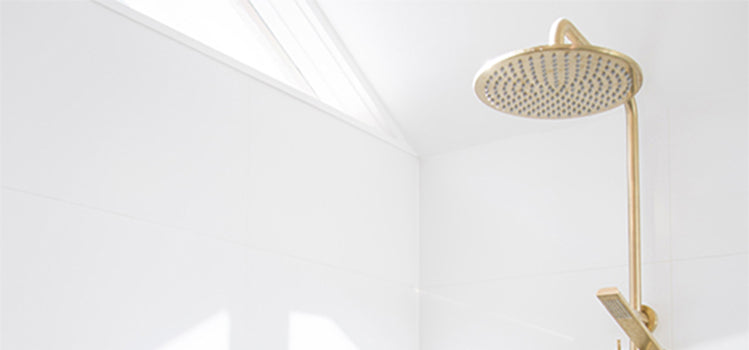Many homes, particularly older ones, feature a crucial yet often overlooked component known as the shower diverter. This valve is responsible for directing water flow between different outlets, such as the showerhead and bath faucet. Despite its importance, many homeowners are unfamiliar with the function of a shower diverter and how to identify potential issues. In this article, we'll delve into the purpose of a shower diverter and provide insights into common signs of malfunction that may warrant attention. Additionally, we'll explore whether repairs for diverter issues are typically covered under a home warranty.
What is a Shower Valve Diverter?
In many older bathrooms, particularly those undergoing renovations, it's not uncommon to find a bathtub that doubles as a standing shower. To accommodate this dual functionality, diverter valves are frequently installed to manage the water supply for these showers.
Shower diverter valves come in three primary types, each serving a specific purpose: Now, let's explore the various types and their functions in greater detail.
1. Three-Valve Shower Diverter
In bathtubs featuring separate hot and cold faucet handles, you'll often encounter three-valve shower diverter systems. Positioned between the hot and cold faucet handles, the diverter valve plays a crucial role in directing the flow of water. By rotating the diverter valve 180° clockwise, you can divert water to the showerhead, enabling a refreshing shower experience. Conversely, a counterclockwise turn directs water flow to the tub, facilitating a relaxing bath.
2. Two-Valve Shower Diverter
Encountered in tub setups featuring either a single faucet handle or positioned between two handles, the two-valve shower diverter serves as a pivotal component for directing water flow. Functioning similarly to its three-valve counterpart, this diverter offers simplified operation. By simply turning the valve, users can effortlessly switch between sending water to the tub or diverting it to the shower, ensuring versatile bathing experiences with ease.
3. Single-Valve Shower Diverter
Positioned at the terminus of the tub spray, the diverter valve, often referred to as a Tee Diverter, serves as a convenient mechanism for altering water flow. Engaging the diverter is a simple task, requiring a gentle pull upwards, which effectively redirects the water to the showerhead. Conversely, pushing the diverter back down to its original position restores the water flow to the tub. This versatile valve facilitates the coexistence of both a tub and a shower within a single bathroom space, offering flexibility and convenience for users.
What does a Shower Valve Diverter do?
Regardless of the diverter type, its primary function remains consistent. Resembling a pin, the diverter is typically activated by pulling it up from the tub faucet spout, although it may also take the form of a third handle or a button requiring pushing or pulling action. At its core, the diverter utilizes a rubber stopper mechanism to redirect water flow. When the valve opens, this stopper is engaged, causing water to flow in the opposite direction. As a result, water pressure propels the flow upwards towards the showerhead, enabling you to take a shower. Conversely, if the stopper is disengaged, water will naturally flow in the opposite direction, towards the bathtub.
Here are some signs you need to repair or replace diverter valves
Identifying issues with the shower diverter valve can prove challenging for those without plumbing expertise, as it is often concealed behind the faucet or within the wall. Despite its hidden location, signs of malfunction can be observed by monitoring the water flow from both the tap and showerhead. While visible damage to the valve may not be apparent, abnormalities in water flow patterns can signal underlying issues. Therefore, it's essential to pay attention to any irregularities in water distribution, such as inconsistent pressure or unexpected changes in flow direction. These indicators may suggest the need for repair or replacement of the diverter valve.
These are the things you should be looking out for:
Here are key indicators to watch for when assessing the condition of your shower diverter valve:
Persistent dripping from the faucet: A continuously dripping faucet may signal an issue with the diverter valve, among other potential causes. While it could indicate faucet problems, it's essential to consider the diverter valve as a possible culprit.
Leaking handles: Leaky handles often indicate a malfunctioning diverter valve, as it is typically located behind the handles. The degradation of the seal between the handle and the water supply valve can lead to leaks, making this a common issue.
Showerhead problems: If you notice any irregularities with your showerhead, such as inconsistent water flow or water continuing to flow from the bath faucet despite engaging the shower diverter valve, it could point to diverter valve issues requiring attention.
Presence of rust and grime: While physical damage, rust, or grime on the shower diverter valve may be challenging to detect due to its concealed location, their presence can indicate potential problems. Keep an eye out for any signs of corrosion or buildup, as they may signify underlying issues with the valve.
If you suspect any issues with your faucet or valve, it's crucial to reach out to a professional promptly. Delaying repairs or maintenance could result in higher monthly utility bills down the line.
Do Home Warranties Cover Shower Valve Diverters?
Homeowners often assume that their homeowners' insurance provides comprehensive coverage for their homes. However, it's important to note that most homeowners are responsible for addressing emergencies related to water, heating, cooling, plumbing, and electrical systems on their own. Unfortunately, many homeowners insurance policies, as well as those offered by local utilities providers and municipalities, do not typically include coverage for major repairs or replacements to these essential home systems. Therefore, it's crucial for homeowners to understand their coverage limitations and explore alternative options, such as home warranties, to ensure adequate protection for their homes.
If you're interested in exploring various types of showers with gold accents, check out this insightful article on Unveiling the Splendor of Showers: Exploring Various Types with a Touch of Gold .


